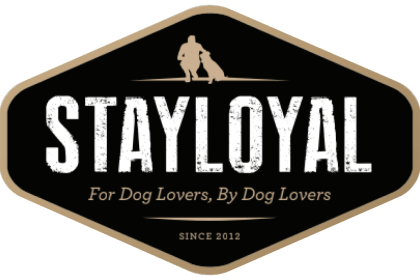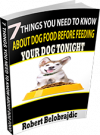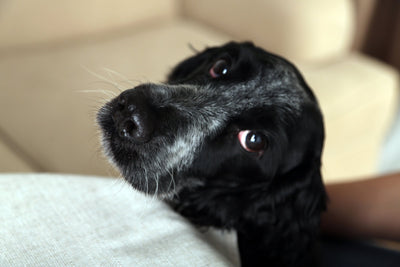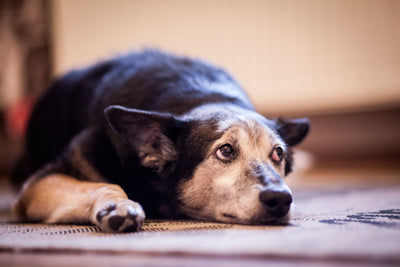How to Teach a Trick: Beg
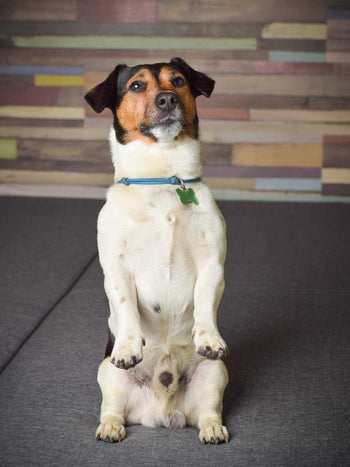
While you may be thinking, “Why would I want to teach my dog to beg!” this is not a trick to train your dog how to get food out of you, but rather an awesomely adorable trick that’s great for pictures and also great for your dog’s health.
How?
While you may be thinking, “Why would I want to teach my dog to beg!” this is not a trick to train your dog how to get food out of you, but rather an awesomely adorable trick that’s great for pictures and also great for your dog’s health.
Step 1. You are going to need some type of food treat for this, it really is the easiest way. Use your dog’s kibble if they really like it, small pieces of carrot, or a healthy dog treat. It has to be something your dog likes enough to follow it with their nose. You may have to experiment with a few different kinds of foods to see if your dog is interested enough to follow it before proceeding.
Step 2. Either cue your dog for a sit, or wait for him to offer one. It doesn’t really matter which way you do it, unless you do not want to have to cue your dog to sit before you cue for the beg. In that case, don’t cue the sit, wait for her to offer it so the sit becomes part of the beg cue.
Step 3. Take a treat in your hand, put it close to your dog’s nose and slowly move your hand up and back just enough that your dog has to bring his front feet off the floor to get the treat. As soon as he moves even just a small amount, praise and reward him!
You want to get rid of the food as quickly as possible. After the third or fourth lure, remove the cookie from your hand and see if your dog will still follow your hand into the “begging” position. If so, reward while in that position. If your dog doesn’t follow your empty hand three times in a row, go back to luring once or twice and then try with no treat again. The quicker you remove the lure, the better.
Step 4. Continue to use your hand to “lure” your dog until she is doing the full “beg” position – back straight, front legs up. Just remember to TAKE IT SLOW! This trick uses a lot of muscles that your dog probably does not normally use. So, don’t ask him to do it a bunch or to hold it for a long time at first.
If you notice your dog is wobbly or shaky, drop your hand slowly to lower them back down before they fall over, this is a sign your dog’s muscles are weak and that you have probably done enough for the day. Only lure your dog into position a few times each training session while her muscles are building.
Step 5. Keep working on it until your dog has the strength for a nice, solid, beg position. Note that her front paws will be in whatever position works best for her to keep her balance – some will have one paw higher, some will let their front legs dangle, and others will tuck both up. That’s okay! Don’t try to change this, as your dog will choose what is most comfortable for them. As they build muscles, front paw position may change as well. What you are looking for is a nice, smooth transition up, with no sign of shaking, and the ability to hold it for a few seconds.
Step 6. Once your dog is going into the full upright beg position with no food lure, it’s time to add the verbal cue if you wish. If you want the cue to just be your hand going over your dog’s head, then you are done! But most like a verbal cue. Most people use “Beg,” but you can use anything you want. I know someone whose cue for this behavior is “Say Please.” Add the cue by saying your words as your dog lifts into position following your hand signal.
At each repetition, start saying the verbal earlier and earlier, until you are saying it before you start the hand cue. If your dog starts to raise up before your hand moves, then they understand the verbal cue. If not, go back to saying the verbal at the same time or just before the hand cue, try that for a few repetitions, and then try to say the verbal earlier again.
This is a great trick that gets your dog in shape and looks adorable. Once your dog has mastered this, you can add to it by teaching your dog to “hug” something or hold something with his paws, or teach them to get up on their hind legs to “dance.” It’s just a trick, so take it slow, move at dog’s pace and have fun.
